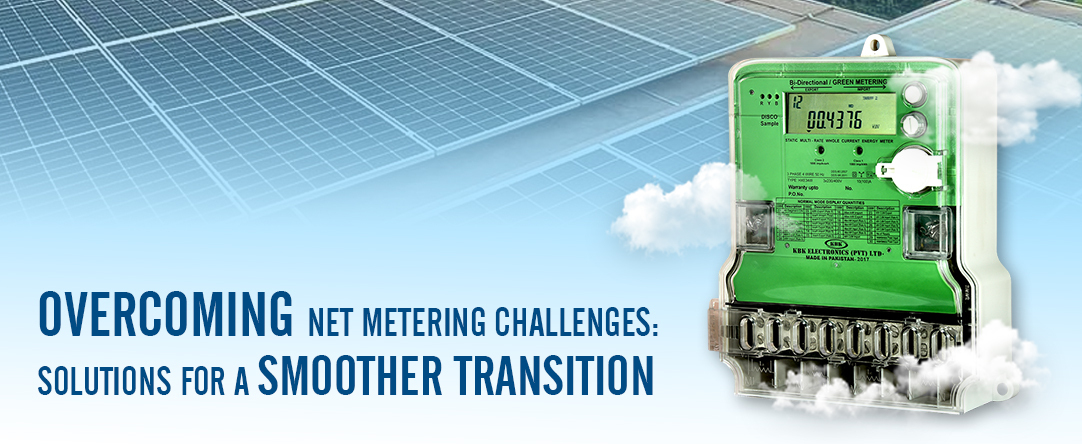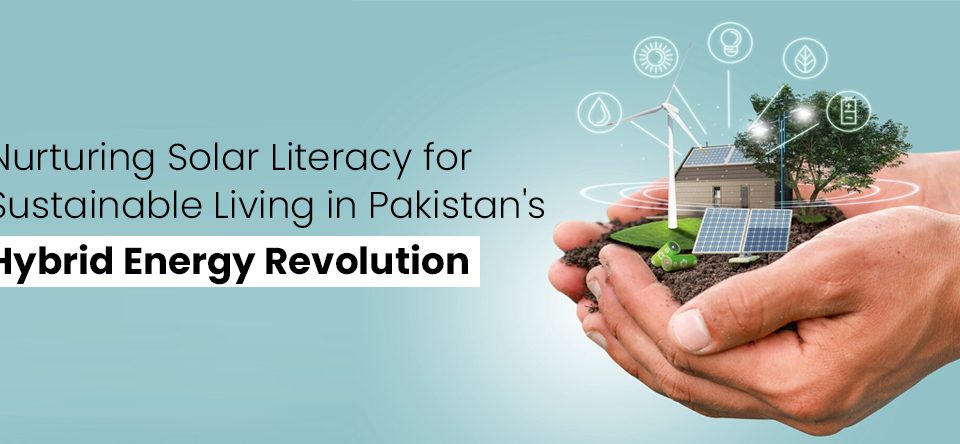
How to Install Solar Panels & Inverter for Home-Step by Step
June 14, 2023
On-Grid, Off-Grid, and Hybrid Solar System: A Comprehensive Guide to Choosing the Right System
June 22, 2023Net metering has emerged as a significant mechanism to encourage the adoption of renewable energy resources. However, like everything that glitters isn’t gold, net metering has several challenges. What are these challenges, and how can we overcome them to move toward clean energy smoother?
Introduction to Net Metering
Net metering is a system that allows homeowners and businesses that generate their electricity, mainly through solar power, to sell any excess power back to the grid. It sounds pretty simple and convenient. But what happens when the sun doesn’t shine or when too many participants feed energy back into the grid? Here lies the crux of our challenge.
Understanding the Challenges
The pathway to a sustainable energy future is riddled with hurdles, particularly regarding the net metering system. Let’s dive deeper to understand the primary challenges that come with the adoption of net metering.
Fluctuating Energy Production
One of the significant hurdles of net metering is the unpredictability of energy production. Renewable sources like solar and wind power depend heavily on external conditions, such as weather patterns and time of day. Sunshine is inconsistent due to varying seasons, weather changes, and even the time of day. The same goes for wind energy, where the wind speed and direction vary drastically.
This fluctuating nature of renewable energy can lead to periods of overproduction or underproduction. For instance, a solar panel might generate abundant energy on a sunny summer afternoon, but this production drops significantly once the sun goes down. Such an inconsistent energy supply is incompatible with consistent energy demand, creating a mismatch that must be managed. This fluctuation can complicate the energy transfer process to the grid and create a substantial barrier to achieving the desired reliability and stability of the power supply.
Grid Management and Stability
The second challenge is tied to our existing grid infrastructure, which is mainly designed for a one-way flow of electricity – from power plants to homes and businesses. However, net metering introduces a two-way flow where homeowners and businesses feed their excess energy back into the grid.
This scenario can cause numerous operational challenges. For instance, sudden back feeds of electricity during high renewable energy production can lead to voltage spikes, damaging equipment and potentially destabilizing the grid. Additionally, high penetration of solar PV systems in a particular area may exceed the local grid’s capacity to absorb the excess energy, potentially causing grid stability issues.
Grid operators must balance energy supply and demand to keep the grid stable. However, managing this balance becomes more complex with the added variable of homes and businesses supplying back energy at different times and quantities. Therefore, Grid management practices need a significant overhaul to accommodate this bi-directional energy flow effectively.
Fair Compensation for Energy Producers
The last challenge we’ll consider is fair compensation for those who invest in renewable energy production. Essentially, the goal is to ensure that homeowners and businesses are adequately rewarded for their contributions to the grid. However, this is a complex process.
Demand, fuel pricing, and the time of day all affect how much electricity costs. As a result, figuring out a fair price for the electricity that net metering feeds back into the grid can be challenging. If it’s higher, it deters investment in renewable energy sources. If they are too high, consumers’ electricity costs could go up for everyone, even those who do not use net metering.
Furthermore, some argue that net metering participants may need to contribute their fair share to the maintenance of the grid, leading to a cost shift to other electricity consumers. This argument leads to ongoing debates about how best to relatively structure compensation to net metering participants and other electricity consumers.
Finding the Solutions
How do we combat these challenges and make the transition smoother? Here is how:
Harnessing Smart Grid Technology
Innovative grid technology can help manage and distribute power more efficiently. It allows utilities to control and balance supply and demand, reducing the pressure on the grid.
Embracing Energy Storage Solutions
Energy storage solutions, like batteries, can store excess power generated during peak production times and supply it back during low production periods. This addresses the problem of fluctuating energy production.
Advocating for Fair Compensation Policies
For fair compensation, it’s essential to have policies that ensure homeowners and businesses receive adequate value for the energy they produce.
Detailed Solutions for a Smoother Transition
Digitalizing Grid Management
The first solution is digitalizing grid management through intelligent grid technology. It involves implementing advanced metering infrastructure that can handle two-way energy flow, monitor real-time energy usage, and control energy distribution based on demand.
Enhancing Energy Storage Capacities
The second solution lies in enhancing our energy storage capacities. This involves adopting battery storage systems and exploring advanced technologies such as pumped storage, flywheels, and power-to-gas systems.
Implementing Policy Reforms
Lastly, implementing policy reforms to ensure fair compensation for energy producers is critical. This may include dynamic pricing models considering real-time energy market prices or feed-in tariff systems providing fixed compensation rates.
Wrapping it up
Although there are difficulties with the net metering system, they are manageable. We can overcome these obstacles and make a more seamless transition to a cleaner, more sustainable future by implementing cutting-edge grid technologies, improved energy storage options, and sensible regulatory reforms.




